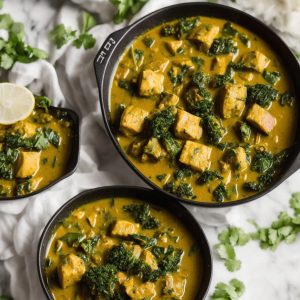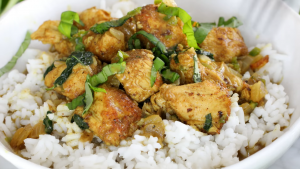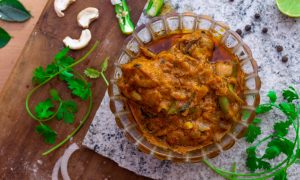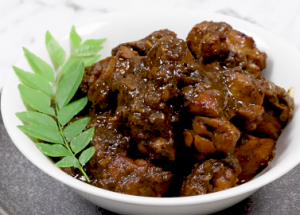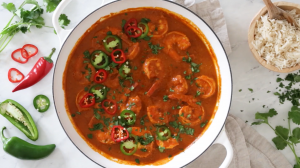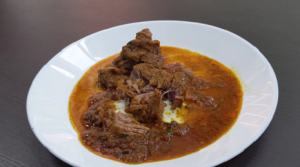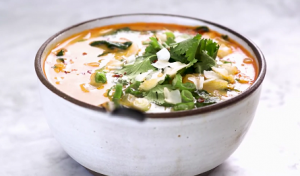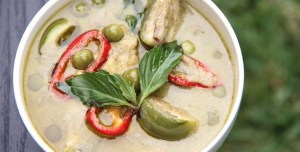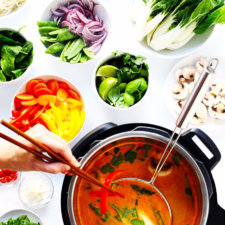
Curry
Curry recipes offer a delightful journey through diverse culinary traditions, each bringing its unique blend of spices and flavors to the table. From the rich and creamy Chinese Curry Chicken Recipe to the tangy and sweet Authentic Mango Chicken Curry Recipe, there's something to satisfy every palate. For those who love lamb, the Rogan Josh (Indian Lamb Curry) Recipe is a must-try, while vegetarians can indulge in the aromatic Shahi Paneer Recipe. If you're in the mood for something exotic, the Thai Panang Curry with Vegetables Recipe and the Sri Lankan Chicken Curry Recipe are sure to impress. Spice enthusiasts will appreciate the fiery Chicken Vindaloo Recipe, and seafood lovers can savor the flavors of the Goan Fish Curry Recipe. For a quick and easy meal, the Instant Pot® Curried Chicken Thighs Recipe is perfect. Don't miss out on the Cape Malay Chicken Curry with Yellow Rice Recipe for a taste of South African cuisine, or the Jamaican Style Curry Chicken Recipe for a Caribbean twist. Each recipe promises to bring warmth, comfort, and a burst of flavor to your dining table.

